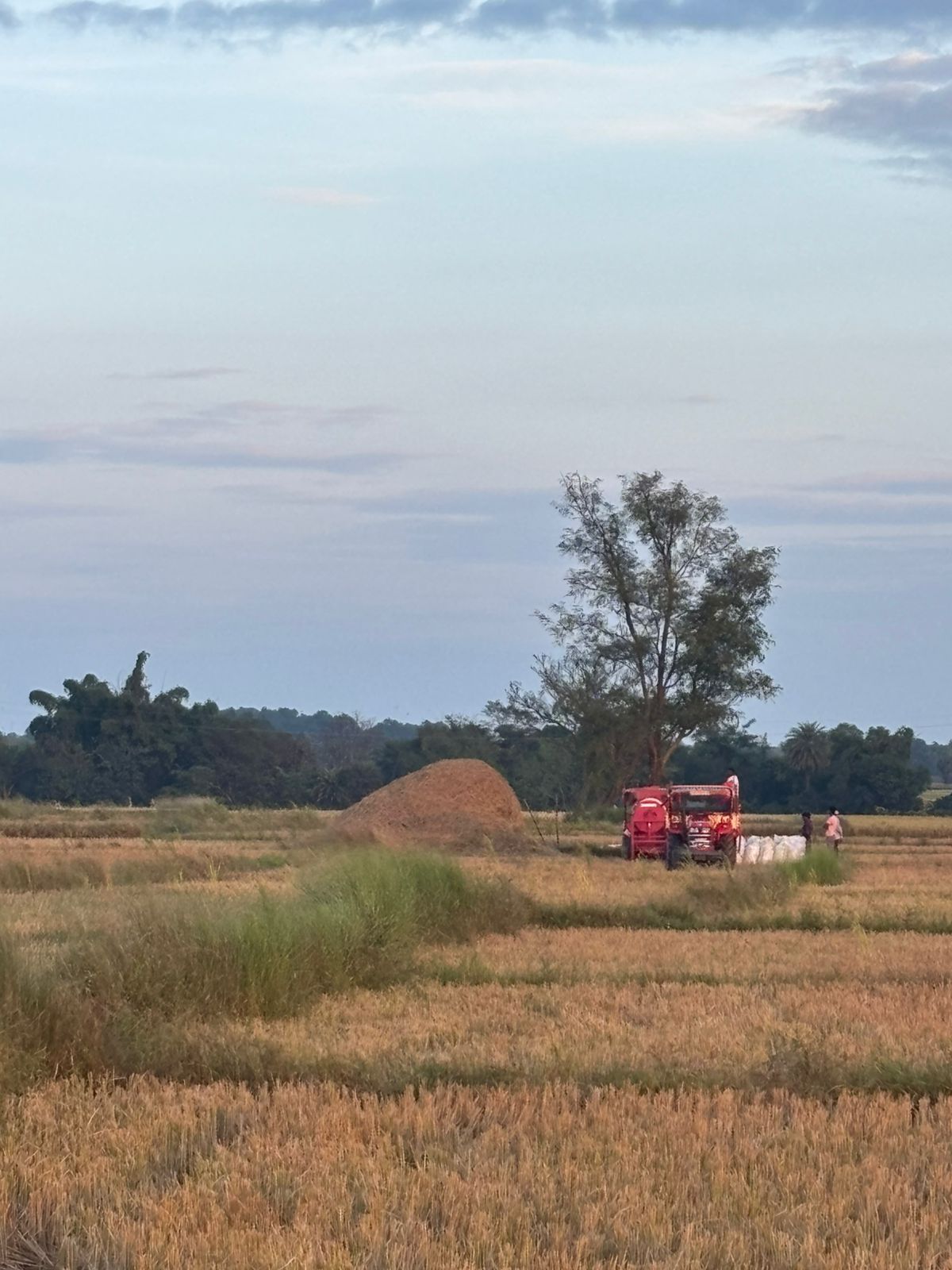
Our Insights
Stories, updates, and inspirations to you.
Our Insights
Stories, updates, and inspirations to you.
Our Insights
Stories, updates, and inspirations to you.

Has the voluntary carbon market (VCM) officially entered its age of accountability?
Projects have reportedly stumbled over gaps in field sampling integrity, model calibration, and data transparency, leading the validation and verification body (VVB) to withhold its approval. Hence, we analyse if the VCM has officially entered the stage of accountabilityt?

Has the voluntary carbon market (VCM) officially entered its age of accountability?
Projects have reportedly stumbled over gaps in field sampling integrity, model calibration, and data transparency, leading the validation and verification body (VVB) to withhold its approval. Hence, we analyse if the VCM has officially entered the stage of accountabilityt?

Has the voluntary carbon market (VCM) officially entered its age of accountability?
Projects have reportedly stumbled over gaps in field sampling integrity, model calibration, and data transparency, leading the validation and verification body (VVB) to withhold its approval. Hence, we analyse if the VCM has officially entered the stage of accountabilityt?

Pyrolysers: Insights from the ground
Utkarsh Raj jots down some insights from on pyrolyzers, from the ground.

Pyrolysers: Insights from the ground
Utkarsh Raj jots down some insights from on pyrolyzers, from the ground.

Pyrolysers: Insights from the ground
Utkarsh Raj jots down some insights from on pyrolyzers, from the ground.

Deep Dive #7 - Biochar in nuclear tech
Who would have thought that biochar, classically a niche soil conditioner, would one day find its use in nuclear tech. Peer reviewed articles have recently been shedding light on this, reasons being high surface area, porosity, and functional groups which give biochar special adsorption capacity, thereby qualifying it as a potential instrument for radiation cleanup and for improving energy economy in nuclear uses.

Deep Dive #7 - Biochar in nuclear tech
Who would have thought that biochar, classically a niche soil conditioner, would one day find its use in nuclear tech. Peer reviewed articles have recently been shedding light on this, reasons being high surface area, porosity, and functional groups which give biochar special adsorption capacity, thereby qualifying it as a potential instrument for radiation cleanup and for improving energy economy in nuclear uses.

Deep Dive #7 - Biochar in nuclear tech
Who would have thought that biochar, classically a niche soil conditioner, would one day find its use in nuclear tech. Peer reviewed articles have recently been shedding light on this, reasons being high surface area, porosity, and functional groups which give biochar special adsorption capacity, thereby qualifying it as a potential instrument for radiation cleanup and for improving energy economy in nuclear uses.

Biochar and the legal framework
There are no stringent regulations exclusively catering to biochar. Then, what are the anticipatory legal frameworks and what existing frameworks can we draw from - national, international or transnational?

Biochar and the legal framework
There are no stringent regulations exclusively catering to biochar. Then, what are the anticipatory legal frameworks and what existing frameworks can we draw from - national, international or transnational?

Biochar and the legal framework
There are no stringent regulations exclusively catering to biochar. Then, what are the anticipatory legal frameworks and what existing frameworks can we draw from - national, international or transnational?

The Earth’s Original Carbon Credit: Natural Biochar
Nature has been minting its own carbon credits for millennia. Wildfire char is proof that even fire can fuel balance in Earth’s carbon cycle.

The Earth’s Original Carbon Credit: Natural Biochar
Nature has been minting its own carbon credits for millennia. Wildfire char is proof that even fire can fuel balance in Earth’s carbon cycle.

The Earth’s Original Carbon Credit: Natural Biochar
Nature has been minting its own carbon credits for millennia. Wildfire char is proof that even fire can fuel balance in Earth’s carbon cycle.

Deep Dive #6 Biochar in Metallurgy
Biochar is emerging as a credible low-carbon substitute for coal and coke in the steel and metallurgical industries. Studies often outline how biochar can replace 5 to almost 50% of fossil carbon inputs across key steelmaking processes, from coke making and sintering to electric arc furnaces. While challenges remain around cost, mechanical properties, and feedstock supply, biochar offers a realistic bridge to decarbonisation before hydrogen and full electrification reach commercial scale.

Deep Dive #6 Biochar in Metallurgy
Biochar is emerging as a credible low-carbon substitute for coal and coke in the steel and metallurgical industries. Studies often outline how biochar can replace 5 to almost 50% of fossil carbon inputs across key steelmaking processes, from coke making and sintering to electric arc furnaces. While challenges remain around cost, mechanical properties, and feedstock supply, biochar offers a realistic bridge to decarbonisation before hydrogen and full electrification reach commercial scale.

Deep Dive #6 Biochar in Metallurgy
Biochar is emerging as a credible low-carbon substitute for coal and coke in the steel and metallurgical industries. Studies often outline how biochar can replace 5 to almost 50% of fossil carbon inputs across key steelmaking processes, from coke making and sintering to electric arc furnaces. While challenges remain around cost, mechanical properties, and feedstock supply, biochar offers a realistic bridge to decarbonisation before hydrogen and full electrification reach commercial scale.
News & Insights
News & Insights
News & Insights



